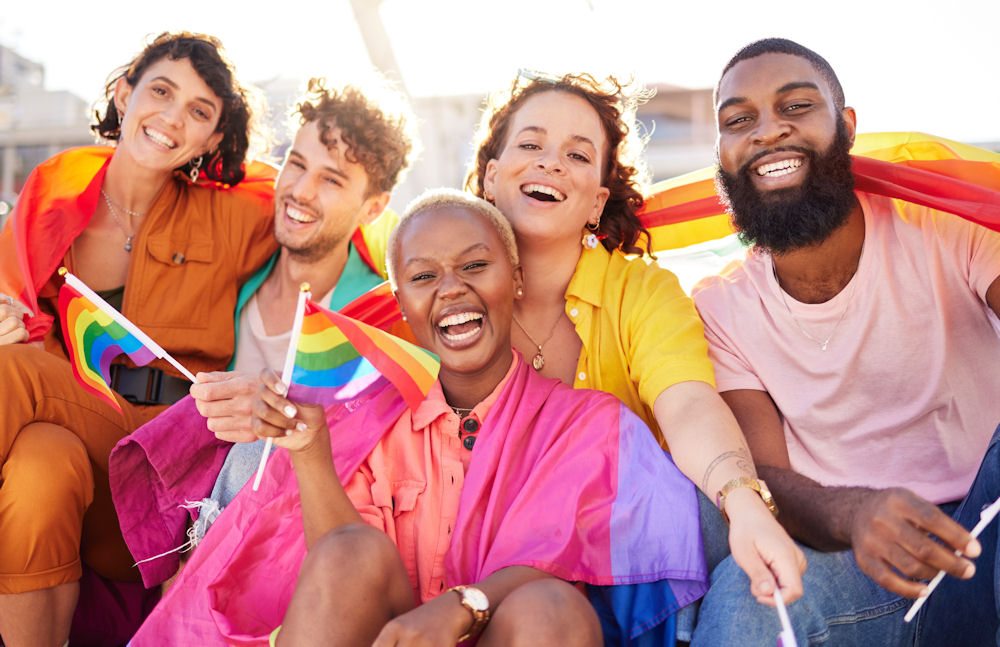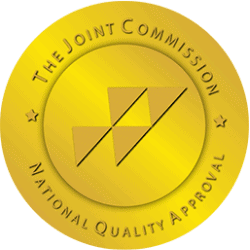Unfortunately, the LGBTQ community faces challenges and setbacks that many of us can’t even possibly fathom. Not only is this community often looked at in a negative light, but they are also constantly facing uphill battles when it comes to being afforded many of the basic needs and principles we take for granted.
While the way the LGBTQ community is treated has understandably led to an increase in addiction and mental health issues, these rates have been particularly alarming amongst LGBTQ teens and adolescents.
With June being Pride Month we wanted to take this time to help increase LGBTQ awareness, particularly as it relates to the suffering this community faces daily as well as all the ways that Ambrosia and other facilities around the country are working hard not just to support the LGBTQ community but provide them the support they very much need.
LGBTQ Teen Suicide and Substance Abuse Facts
As we touched on in the introduction, teens and adolescents within the LGBTQ community struggle mentally at an alarmingly high rate, especially compared to their heterosexual counterparts. While substance abuse and suicide rates have gone up across the board among teens in the United States over the past decade, the LGBTQ community has been hit particularly hard with the rate of suicide attempts being more than four times higher than in heterosexual teens.
While being a teenager is hard enough at times, being an LGBTQ teen can be even harder due to the myriad societal and relationship challenges that those in the LGBTQ community face. This is one of the many reasons why suicide and substance abuse rates are disproportionately higher amongst LGBTQ teens.
Some of the other reasons why these numbers are so much higher among LGBTQ teens are:
While all teens struggle at times with figuring out how to fit in, whether it be at school or in social settings, it can be significantly more challenging for those in the LGBTQ community.
In addition to the normal pressures to fit in that many teens experience, LGBTQ teens also deal with negative perceptions and attitudes towards their sexual orientation, verbal harassment, and exclusion, all of which can lead to increased feelings of isolation, despair, and even depression.
Unfortunately, the issues don’t stop there either. Both in and out of school, LGBTQ teens and adolescents are often the targets of not just bullying but physical violence as well. This increased exposure to bullying and violence, coupled with the already existing feelings of isolation, can lead to even stronger feelings of depression, fear, despair, and helplessness.
While most teenagers may not want to admit it, being able to turn to their parents and other family members during times of despair can be incredibly beneficial to not just their mental health but also their overall well-being as they navigate the challenges that often come with one’s teenage years.
Unfortunately, though, many teens in the LGBTQ community aren’t able to turn to their families for much-needed support. While some LGBTQ teens find themselves being rejected or even disowned by their families upon coming out to them, others are afraid to do so for fear of the same thing happening to them.
All this can lead to increased feelings of depression, anxiety, and even suicidal ideation.
For those in the LGBTQ community, access to proper health care, including gender-affirming care is crucial. However, in many parts of the country, it is simply inaccessible to many who need it.
Not having access to something as basic as proper healthcare can result in worsening conditions both physically and mentally, which, in turn, often leads to an increased risk of self-harm.
Reading all this, you can understand why so many in the LGBTQ community turn to self-medication. For many, in their minds, it is their only option when it comes to not just treating mental health conditions but also looking for some sort of relief from all the stresses of daily life.
While in the short term, self-mediating may seem effective for some, long term it can result in a vicious cycle of substance abuse that can lead to more mental health issues, which, in turn, due to the lack of proper care being available can lead to further substance abuse.
Statistics on Mental Health and Suicide Among LBGTQ Youth

With the lack of proper healthcare, societal alienation, and the lack of support in their own homes, suicide rates among LGBTQ teens are significantly higher than among heterosexual teens. In fact, according to the Trevor Project, LGBTQ teens are four times more likely to attempt suicide than their heterosexual counterparts.
Below are some other shocking statistics from the Trevor Project:
- Every 45 seconds, at least one LGBTQ person between the ages of 13 and 24 attempts suicide.
- According to a 2023 survey, 41% of LGBTQ+ young people considered a suicide attempt in the last year.
- 56% of LGBTQ teens and young adults who wanted mental health treatment were unable to get it.
- Less than 40% of all LGBTQ teens and young adults found support in their homes.
- LGBTQ students who reported being bullied had three times greater odds of attempting suicide in the past year.
- Nearly 1 in 3 LGBTQ young people said their mental health was poor most of the time or always due to anti-LGBTQ policies and legislation.
It’s also important to note that the issues that LGBTQ teens and young adults face are not exclusive to the United States either. Worldwide, LGBTQ teens deal with many of the same problems that those do here domestically, resulting in mental health struggles and suicide rates at a disproportionately higher rate internationally as well.
LGBTQ Youth and Suicide: What’s the Connection?
We’ve touched on it already but it is important to emphasise some of the struggles that LGBTQ teens face daily to better understand why suicide attempts are so much higher amongst that group compared to others.
LGBTQ teens grow up in a society where they are constantly told that being an LGBTQ person is wrong or bad. As a result, many LGBTQ teens tend to believe what they are told or what they hear in the news and may experience internal feelings of shame and self-hate. These feelings can lead to an increase in suicidal thoughts and actions.
The chronic stress associated with being part of a marginalized group can take a severe toll on mental health. Minority stress includes experiences of discrimination, rejection, and the constant need to navigate a world that is not always accepting.
Many teens don’t feel comfortable coming out to their families in fear that they will be disowned, leaving them feeling isolated and unsupported during a critical time in their lives. Even amongst those who have come out to their family, many families don’t know how to properly help and support an LQBTQ teen.
In 2023, 56% of LGBTQ teens and young adults who wanted mental health treatment were unable to get it. That means, for one reason or another, over half of all LGBTQ people in this country between the ages of 13 and 24 did not get the proper treatment they needed to address their mental health issues. The lack of proper medical support can greatly increase the risk of suicide.
LGBTQ teens often face bullying, harassment, and exclusion at school at a rate much higher than their heterosexual classmates. As a result, many LGBTQ students report feeling unsafe at school. Since they don’t have the support they need at school, and oftentimes at home either, they may find themselves thinking they have no other options out there than to try and commit suicide.
What Can We Do to Counteract LGBTQ Youth Suicide Rates?
By far the most important thing we can do to help counteract LGBTQ youth suicide rates is to continue to bring awareness to the situation. By raising awareness, we can remind people that LGBTQ people are humans just like the rest of us and should be afforded the same care, compassion, and support that their heterosexual counterparts often receive.
Additionally, those in the LGBTQ community must have access to healthcare options including gender-affirming healthcare, mental health treatment, and addiction treatment.
The Academy at Ambrosia Supports the LGBTQ Community and LGBTQ Awareness
At Ambrosia, we understand that mental health and addiction struggles don’t discriminate based on age, gender, and especially sexual orientation. That’s why we offer treatment programs specifically for those in the LGBTQ community.
These programs are designed to address the unique needs of those in the LGBTQ community, including LGBTQ teens and young people. We offer a safe and supportive environment to provide both culturally competent and gender-responsive care.
If you or a loved one are part of the LGBTQ community and in need of treatment and support, The Academy at Ambrosia can help. Contact us today.





